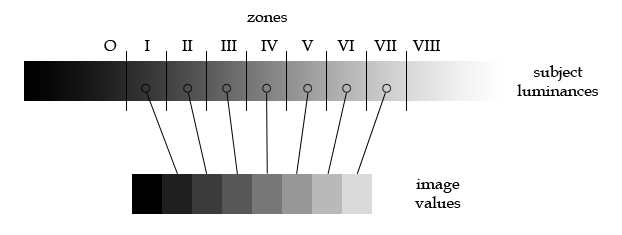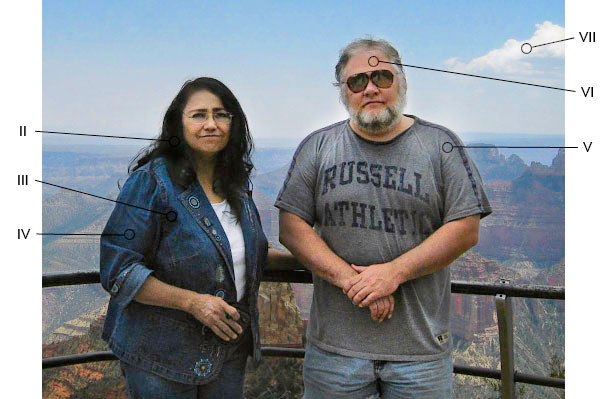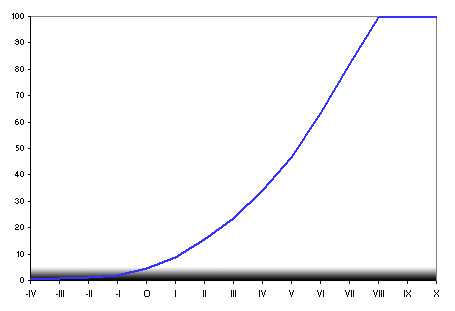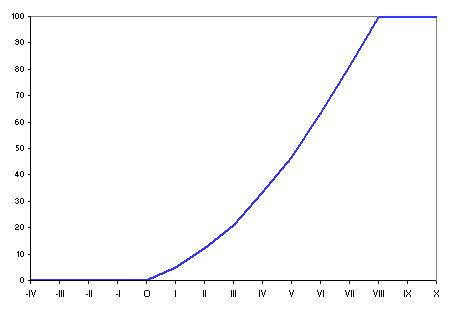
Zone System Pearls
The zone system is a practical sensitometry in which subject luminances are assigned to specific exposure zones, and the subsequent photographic process controlled, so as to produce the intended image values.
The goal of the zone system is visualization, or the ability to evaluate a scene and know ahead of time how one would like the resulting image to look. It is not contrast control, nor is it the division of the image scale into an arbitrary number of steps.
Zones are exposure values, assigned Roman numerals centered on V for the exposure indicated by a light meter.

The number of zones recorded in the final image depends on the medium in use, and how it is used. There are not always ten zones. Even with black-and-white negatives, the number of zones can be made to vary from about eight to twelve. With transparencies, polaroid materials, and most digital cameras, the number will be fewer than ten.
The simplest way to start using the zone system is to make a series of exposures of a neutral surface, one stop apart, then construct a zone ruler from the resulting images. The meter’s indicated exposure is zone V, “middle gray.” Increasing the exposure by one stop places the subject on zone VI; decreasing it by one stop places it on zone IV. The extremes of the zone ruler are the images that are pure black and pure white.
| O | I | II | III | IV | V | VI | VII | VIII |
Having constructed a zone ruler, you will be able to meter the various elements of a subject, and know how those elements will appear in the final image. This process is called visualization.

Further controls, such as variable negative development or RAW conversion parameters, are merely refinements of the above.
Digital cameras respond to light by blocking at a certain highlight level, and gradually descending into the shadows. In reality, the shadow values are obscured by digital image noise at some point.

Processing the raw digital image usually involves raising the black level above the objectionable noise, which results in greater shadow contrast at the cost of a shorter, but less noisy, value scale.

When exposing conventional negatives, this is analogous to raising the shadow values, such as placing textured shadows on zone IV, then printing them down in the final image.
BTDZS home | sitemap | back